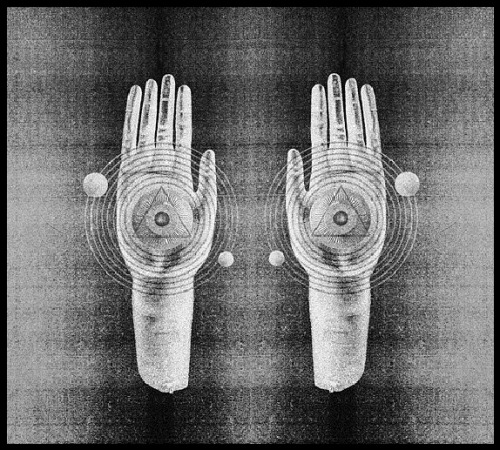Tips for Lucid Dreaming You Can Put Into Practice Today!
While you’re learning how to Astral Project, it’s a good idea to also have lucid dreaming as a goal.
Lucid dreaming is a type of astral projection, and for many people it is easier – and certainly having some early successes with lucid dreaming will help you keep your motivation.
Also, it is quite possible to turn a lucid dream into a full-on out-of-body experience.
What’s also exciting is that training yourself to lucid dream is quite a simple process.
Step 1. Keep a diary by your bed, as otherwise you’re likely to forget your dreams, and also what was successful for you! Don’t be one of the many who forget the importance of recording experiences.
Step 2. Choose a time when you’ll have your lucid dreaming experience. For me, setting my alarm clock an hour or so earlier than normal is often helpful. Then I’ll move to step two.
Step 3. First, get into the habit of saying affirmations. These want to be specific, such as:
“Tonight, when I sleep, I will become aware that I am having a dream. And instead of waking-up I’ll have a lucid dream, which I will remember tomorrow!”
Say your affirmation to yourself several times before going to sleep, focusing on what you are saying, and meaning it.
Step 4. Finally all that’s left to do is give yourself as much opportunity as you can to realize when you’re in a dream.
If you’re struggling with this, you’re not doing it right, as it really is very simple.
You simply need to create a habit of reality checking – to question, frequently, whether you are awake or dreaming.
So, how do we do a Reality Check?
What you need to do is pick a simple action, event, or object, and every time you observe it, ask yourself if it seems real. Examine it, and ask yourself:
“Does this seem normal?”
This is a type of mental reprogramming, and is extremely quick to do, but it must be done regularly, many times a day, to be effective.
(If you pick the types of reality checks that I’m about to suggest, there’s no reason anyone else would think anything odd about you, so don’t worry about that!)
Here are a few objects that you can practice taking a reality check from:
- Your hands (in a dream, they may not look “quite right”, when looked at closely. They may look like an unfinished sketch, for instance…)
- Your watch (You may check the time many times a day, but almost certainly don’t take in the actual appearance of your watch. From now on, you could check it to make sure it looks real, and that it’s doing what it’s supposed to.)
- Light switches (Since we generally dream at night time, lots of dreams are “set” during night-time hours. Get used to observing how your light switches look, work, and the sound they make.)
Some actions you can take a reality check from:
- Going to the toilet – when you urinate in real-life, the feeling is relieving, but in a dream it is not. Get used to being aware of your own sensations…
- Eating – again, in a dream, the sensation of eating is quite different. You may be able to taste – but often not – but certainly no matter how much you eat will fill you up.
- Drinking – However much you drink, it will not moisten your mouth, and will not satisfy your thirst.
Once you’ve got into the habit of checking whether you are awake or dreaming during your waking hours, it stands to reason that this habit will remain while you’re dreaming, too!
Sooner or later, you’ll find that you are in a dream (affirmations before sleep will help with this, too!), and you’ll be ready to have your first lucid dream.
So, You’ve Established That You’re Dreaming. Now What?
You’ve just managed the most difficult stage – and it really wasn’t that difficult, was it?
Now, you can pretty much choose what you’d like to be possible!
Flying’s a popular choice, and you don’t have to be limited to your own country, or anywhere you know. (You can fly into outer space, and visit other worlds…)
You could take a wonderful holiday, and still be back home the moment your alarm clock rings.
But there’s so much else you can do.
You could practice giving a speech that you’ve been nervous about, or having a “difficult” conversation. If you suffer from anxiety in social situations, you could practice these, and increase your social confidence.
Last, and certainly not least, you can use a lucid dream to launch into an out-of-body experience…
Psst: If you’d like to learn to lucid dream in the fastest way I know of, you could do a lot worse than check out my very affordable book Fast-Track Lucid Dreaming.

